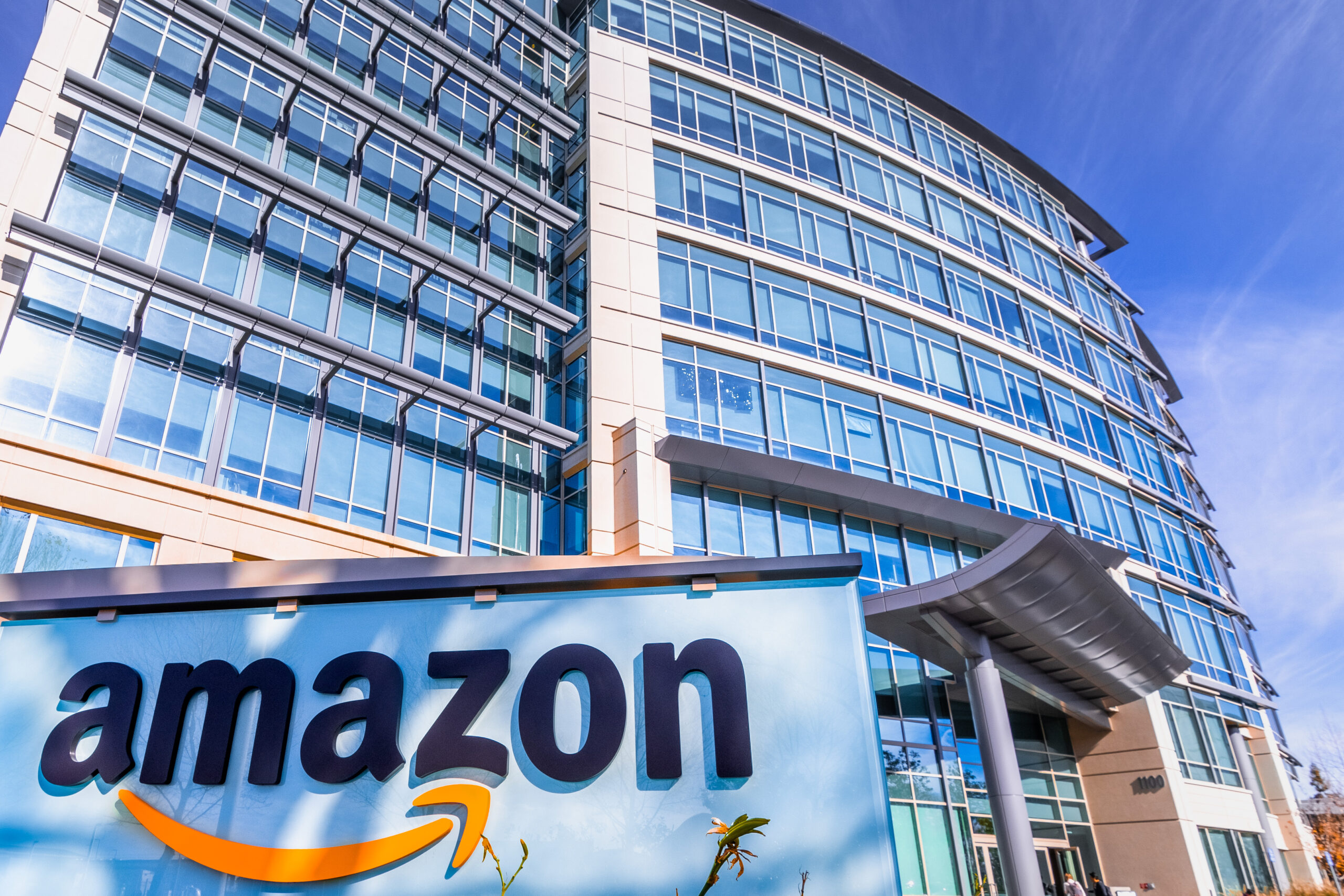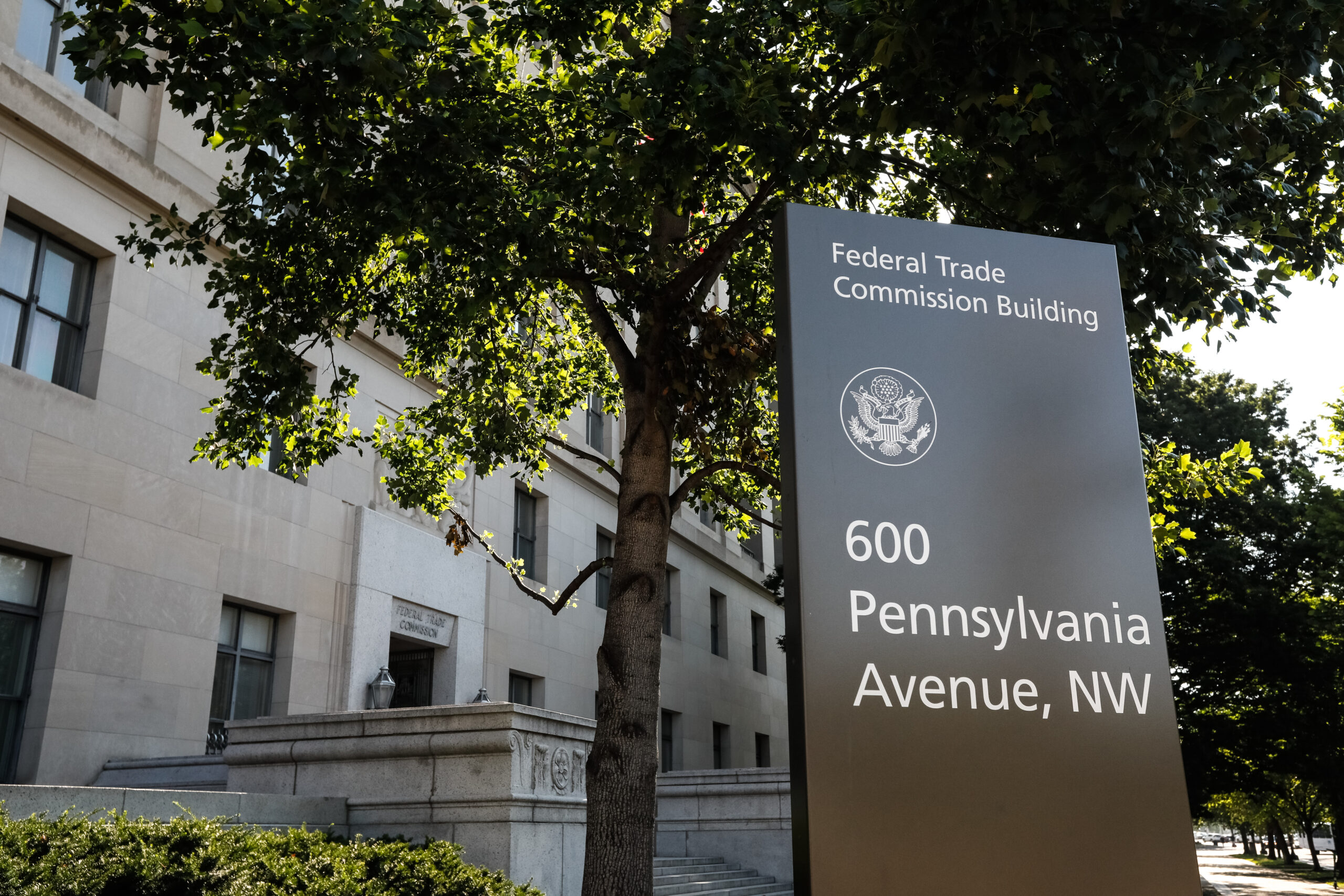Antitrust in 60 Seconds: Issues with Monopolization Remedies
The 60-Second Read:
The general agreement among antitrust scholars and practitioners is that remedies are important enough to be a major part of how an antitrust case is organized and prosecuted. In monopolization cases, remedies are almost always tailored to the specific facts of a case and can be very difficult to construct. These remedies should be tailored to fit the harms the prosecution seeks to prove, and should provide a real benefit for consumers. However, history shows that many enacted remedies have had little positive impact, at least in the short run. Even structural remedies, like company breakups, failed to produce the intended results in cases like Standard Oil and American Tobacco. There is substantial evidence that subsequent market forces, including disruptive competition, are one of the most important factors in the eventual return of markets to a competitive state. This is most true in industries with rapid technological change
Antitrust remedies are the subject of many scholarly papers, studies, and discussions. In 2017, the FTC released a report that tried to determine how the agency did on merger remedies and what lessons can be learned from their successes and failures. One idea that is common across the literature and the case law is that remedies should be tailored to resolve the identified harm. The DOJ’s merger remedy guide states a “remedy carefully tailored to the competitive harm is the best way to ensure effective relief.” The International Competition Network’s guide similarly states “remedies must resolve the competition concerns the merger gives rise to.” The D.C. Circuit in Microsoft explains “we note again that [the relief] should be tailored to fit the wrong creating the occasion for the remedy.”
Remedies should also be directed towards improving things for consumers. This means improved quality, choice, and prices. It has to create some social good, otherwise what is the point? These ideas may seem obvious, but constructing remedies can be challenging. First the harmful behavior or conditions must be identified, and then the behavior must be stopped and solutions found to return the market to a more positive state (ideally to the state it was before the behavior, but this isn’t always realistic). This isn’t always easy, and it can be problematic when enforcers get remedies wrong. This is why competition scholars and practitioners spend a lot of time discussing remedies and how to formulate them.
Indeed, much of the literature on remedies discusses their failures. Scholars and practitioners have written about remedies that didn’t go far enough, went too far, or failed to address the problem. Some have been critical of remedies that went outside the scope of the defined problem. Others have accused the government of failing to “grasp the essentials of the market that led to concentration in the first place” in crafting the remedies. Robert W. Crandall, an economist that studied remedies, noted that “the government often lags the market in finding ways to increase competition.”
Examples of Less Than Successful Remedies
One of the most infamous examples of a bad competition law remedy is the ongoing requirement by the European Commision and the Korea Fair Trade Commission for Windows to produce and market a version of Windows without Windows Media Player and Windows Media Center. This version is called Windows “N”, and you can still find copies of Windows 10 N (or Windows 10 KN in Korea) available for purchase. There are several major problems with this remedy. There was no requirement to offer Windows N at a different price, and the N editions have been offered at the same prices as regular Windows. Worse, as R. Hewitt Pate explains, “Windows Edition N not only lacks a media player application that can be run as a standalone application to enjoy DVDs, music, and video, but it also lacks the platform functionality that integrates the WMP code into other applications and Internet resources.” On Windows 10, this means that “Cortana, Windows Hello, and PDF viewing in Edge won’t work.” Windows N has been a major flop, and many computer experts (like those on How-To Geek) recommend consumers avoid the version entirely. If someone picks it up by mistake, Windows offers a free media feature pack to restore these applications.
After the government’s victory in Standard Oil the company was broken up, which was followed by a major increase in gasoline prices. This prompted the FTC to issue a paper explaining why this occurred. One of the chief causes seems to be that when they dissolved the company the new smaller business units were geographically isolated and did not really compete in each other’s territories. The FTC was forced to suggest new remedies to fix the original remedy, including suggesting legislation to abolish common ownership. Additionally, Crandall’s paper shows that Standard Oil was already losing market share before dissolution. This was because of the discovery of new sources of oil not controlled by Standard Oil and the rapid shift to gasoline as automobiles became popular. Crandall believes that Standard Oil would have had trouble holding on to its market position regardless of dissolution. Unfortunately, Crandall’s data suggests that output fell after dissolution. However, there were many other factors at play, including the start of WWI in 1914, and it is difficult to track the results of the dissolution. Crandall believes that at best the dissolution had no effect, and that rapidly changing market conditions would have driven competition regardless of the remedy.
The American Tobacco Trust faced a number of state actions in the 1890s, but it wasn’t until 1908 that the U.S. government filed suit to dissolve it entirely. The result was a decree, effective 1912, that created three companies: American Tobacco, P. Lorillard, and Liggett and Myers. Large shareholders continued to hold substantial positions in all three companies. This was essentially a three-firm oligopoly. These companies largely avoided price competition and instead fought for market share through increased advertising and branding. The price of most brands was falling before the decree, but then rose after. Prices of “Turkish” brands continued to fall after the decree, but at a somewhat reduced rate. R.J. Reynolds, which was not owned by American Tobacco, became the industry’s price leader with the introduction of its successful Camel brand in 1913, and this led to some price volatility. Overall, Crandall’s data shows that the industry avoided most price competition, did not pay farmers better, and had about the same profit rate as before the decree. Returns to stockholders were largely unimpaired. Crandall believes that the main impact of the decree was to divert substantial resources to advertising while having little impact on prices.
Remedies as a Means to a Competitive End
Former Antitrust Division head William Baxter, who oversaw the AT&T divestiture, believed that a remedy should end the conduct that is alleged to have harmed consumer welfare and that forms the basis for a finding of liability, no more and no less. Baxter also stated that, regardless of liability, if “there is no assurance that appropriate relief could be obtained,” then the government must question the value to consumers of prosecuting the antitrust case at issue. Experts Howard Shelanski and Gregory Sidak called this “Baxter’s axiom” and believed it should serve as the Hippocratic oath for antitrust enforcers.
Most scholars seem to agree that remedies are extremely challenging, and that cases should be organized around potential relief. Interestingly, this means that, as Spencer Weber Waller notes, doing nothing is a viable option. This was the case with IBM. The government spent 13 years trying to pursue its case against IBM only to find that the market had changed. IBM had gone from a monopoly mainframe seller to just another personal computer competitor. On the same day that Baxter announced the AT&T divestiture, he terminated the IBM case. This also happened with U.S. Steel, although not for a lack of effort. The government lost its case against the company in a 1920 Supreme Court decision. However, time eroded its power through development of new metals and foreign imports.
Another major problem with remedies is issues with causation. Today, the Microsoft case is often held up as an example of the positive change a monopolization case can bring. But in 2012, antitrust scholar Peter Carstensen described Microsoft as:
perhaps the best illustration of the failure to organize a challenge to a major monopoly around potential relief. The government case morphed over time from a narrowly focused tying case directed at the internet browser market to one aimed at the overall existence of Microsoft as an entrenched monopolist. But because the issue of remedy was not central to the development of that case, when the time came, the government had not shaped a record to demonstrate the merits of its proposed relief.
The remedies in Microsoft went from a proposed breakup to a variety of behavioral remedies enacted in the United States and European Union. Some of these, as noted above, fell flat. Yet there are few that believe Microsoft still has the power it once had, and it is facing tough competition in markets it formerly had none (like browsers). Carstensen, an advocate for structural remedies, admits that while he believes structural remedies are associated with long term positive effects, “[t]he term ‘associated’ is used advisedly because causation is clearly complex, and the role of various economic and social forces are not well defined in terms of their contribution of the end results.”
The study of monopolization remedies shows that they are mostly bespoke, are better prosecuted when the case is organized with remedies in mind, and still often fail (at least in the short term). However, most industries eventually become more competitive or at least experience later periods of competitive health. One common thread in markets that became healthy (or healthier) after a remedy is that the market usually played a significant role in driving new competition. This was the case when competition for personal computers overtook IBM’s mainframe dominance; when easier online distribution drove new competition for internet browsers; when changing technology shifted operating system competition to mobile, where Microsoft lagged; and when vaping (although maybe not socially preferable) drove new competition against tobacco.
There is also another path for successful remedies. In a few instances, the government has created successful remedies by establishing a check on abuse of market power, available to market participants, without destroying the useful elements of a business model. The best example of this is the music consent decrees with ASCAP and BMI (discussed here). These decrees allow normally illegal coordination among competitors because of the unique characteristics of the music industry. But they also give the market protections from abuse of that power.








